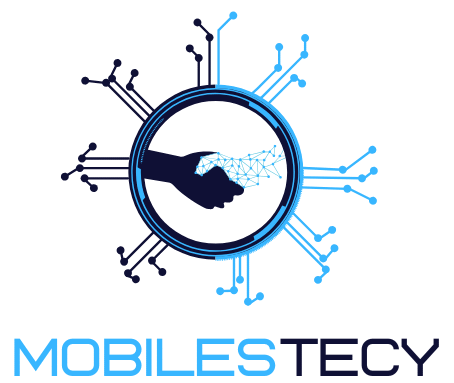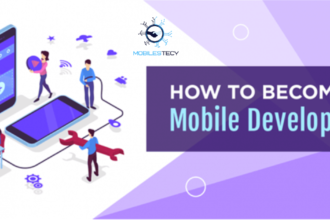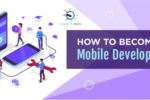Technology is rapidly transforming how we travel and move every day. From smart cars to digital apps, mobility is evolving in real time. Urban spaces are adapting to innovations like electric and autonomous vehicles. People now demand faster, cleaner, and more convenient transportation options. The relationship between mobility and technology is stronger than ever before.
New technologies are solving long-standing problems in global transportation systems. Congestion, pollution, and delays are being tackled through smarter solutions. Connected devices and artificial intelligence help optimize routes and reduce emissions. Governments and startups are investing heavily in future-ready mobility infrastructure. This marks a major shift in how societies approach daily travel.
Mobility is no longer just about cars, buses, or trains alone. It’s about integrating various systems for seamless, flexible, and sustainable journeys. Mobility-as-a-Service platforms offer users everything in a single digital interface. Electric and shared vehicles reduce environmental impact and traffic on roads. Technology enables a future where transportation is smarter and more inclusive.
The Impact of Technology on Modern Transportation
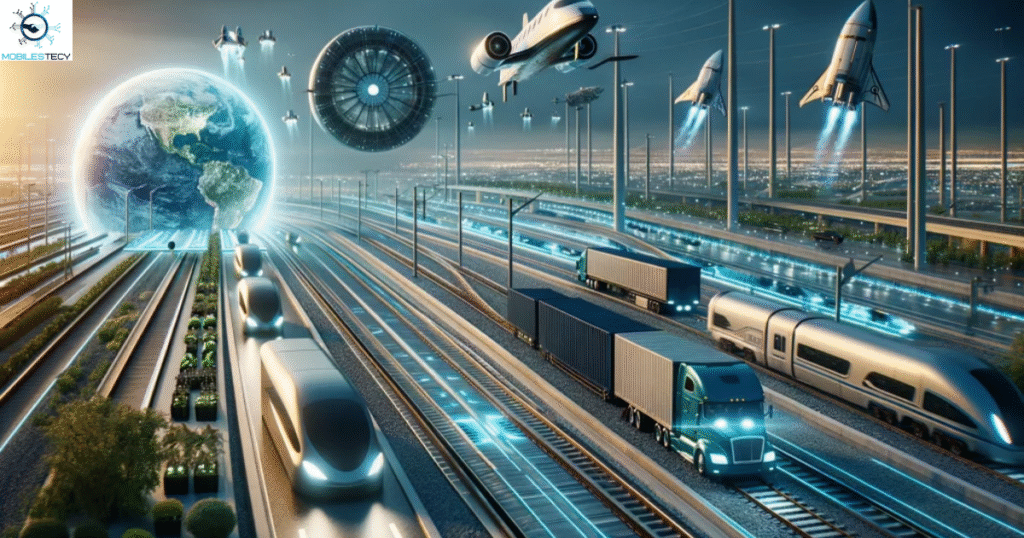
Technology continues to revolutionize the way people experience and navigate transportation in today’s world. From smart traffic systems to connected mobile apps, innovation has made travel more efficient and intelligent. Commuters can now access real-time traffic updates and plan optimal routes before stepping outside. Artificial intelligence (AI) algorithms analyze traffic patterns, helping minimize congestion and travel delays. This digital transformation has made daily commuting smoother, faster, and far more reliable.
Electric vehicles (EVs) are now at the forefront of sustainable transportation. Cities and suburban communities are rapidly adopting them, supported by government incentives and expanding charging networks. Modern battery advancements have significantly increased driving range while cutting down charging times. These clean-energy vehicles play a vital role in reducing carbon emissions worldwide. In addition, they push automakers to innovate continuously and explore new designs that combine efficiency with environmental responsibility.
The arrival of autonomous vehicles marks another major leap forward in transportation technology. Using sensors, cameras, and AI, these self-driving systems can make split-second decisions to navigate safely. Major tech and automotive companies are already conducting road tests in major cities. Although safety and regulation challenges persist, the technology evolves with every iteration. In the near future, autonomous vehicles could redefine urban infrastructure, lower accident rates, and transform how society moves from one place to another.
Electric Vehicles and Environmental Sustainability
Electric vehicles produce fewer emissions and support long-term environmental health goals. They reduce noise pollution and improve air quality in crowded urban spaces. With renewable energy, EVs become even more eco-friendly and sustainable over time. Battery innovation continues to increase driving range and decrease overall charging duration.
Governments offer incentives to encourage adoption of electric cars and buses. Charging infrastructure is expanding to meet growing EV ownership demand globally. Automakers invest heavily in cleaner vehicles for both city and rural use. Electric mobility marks a vital step toward reducing carbon footprints worldwide.
Autonomous Driving and Artificial Intelligence Integration
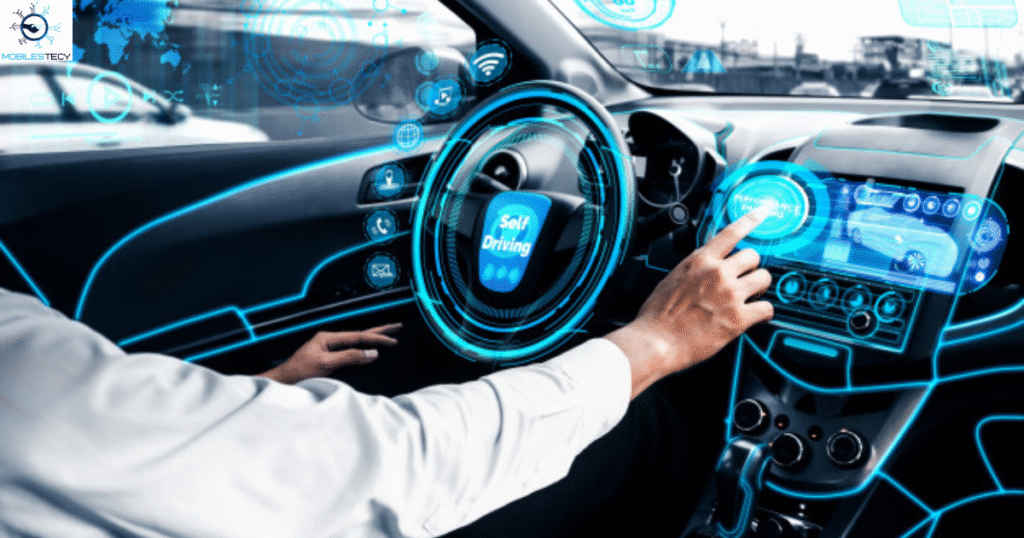
Autonomous vehicles use AI, sensors, and cameras to navigate busy roadways. They promise fewer accidents and improved dynamic transport for elderly and disabled users. Self-driving technology still faces challenges with weather, regulation, and complex environments. Ongoing testing helps refine these systems for future wide-scale deployment.
AI enables real-time decision-making, route planning, and pedestrian detection accuracy. Machine learning allows vehicles to adapt to different traffic and road patterns. Companies like Waymo, Tesla, and Cruise lead the innovation in autonomy. Public trust and legal clarity remain essential to broader acceptance and use.
The Future of Dynamic Transport and Urban Planning
Cities are adapting their infrastructure to support new modes of transport. Bike lanes, scooter zones, and charging stations are now widely introduced. Smart roads can respond to weather, traffic, and even emergencies instantly. Urban planners rely on data to guide transportation-related decisions effectively. All these efforts aim to make cities cleaner, faster, and safer.
Mobility-as-a-Service platforms are reshaping how people organize daily commutes. These platforms integrate public transit, rideshares, and rentals into one system. Users can plan, book, and pay through a single mobile application. This seamless experience reduces car ownership and improves public transportation usage. It offers flexibility while reducing traffic congestion and travel-related stress.
As mobility evolves, equity and accessibility must remain top priorities. Technological solutions should benefit both urban and rural populations equally. Planners must ensure digital tools are usable by all age groups. Affordable, inclusive transportation options will drive economic growth and social inclusion. Without thoughtful design, innovation risks widening existing dynamic transport gaps further.
Smart Cities and Infrastructure Transformation

Smart cities rely on connected infrastructure for efficient and safe transportation systems. Intelligent traffic lights, cameras, and sensors manage congestion and flow effectively. Urban planners use data analytics to improve public transit and road design. Technology transforms cities into sustainable, livable, and adaptable environments for everyone.
Integrated systems can adjust street lighting, reroute traffic, and improve walkability. Cities are adding charging stations, bike paths, and autonomous shuttle networks. Digital tools help optimize parking, reduce delays, and minimize travel costs. These innovations create smoother experiences for both commuters and city planners.
Challenges in Achieving Equitable Mobility
Not everyone has equal access to advanced transportation technologies today. Digital tools often exclude rural areas and low-income urban communities. Smart mobility must address affordability, availability, and inclusive infrastructure access. Equity should remain a guiding principle in transportation system development.
Solutions include offline options, community outreach, and inclusive design practices. Public investments can bring electric buses and broadband to underserved regions. Governments and tech firms must collaborate to close dynamic transport access gaps. Without inclusivity, smart mobility may widen rather than bridge societal divides.
- Electric vehicles are reducing emissions and reshaping future transportation models worldwide.
- Smart infrastructure uses sensors and data to manage traffic in real time.
- Mobility-as-a-Service platforms unify various transport modes into one user-friendly system.
- Autonomous vehicles rely on AI, LiDAR, and real-time mapping for navigation.
- Urban planning integrates technology to support multi-modal and green mobility solutions.
Faq’s
How is technology changing everyday urban and suburban transportation systems today?
Technology improves traffic flow, safety, and travel time with real-time data. Smart apps, electric vehicles, and AI enhance efficiency and reduce emissions.
What is Mobility-as-a-Service and how does it benefit commuters?
MaaS combines multiple transport modes into one simple mobile platform. It reduces car dependency and makes commuting faster, cheaper, and greener.
Are electric vehicles truly better for the environment than traditional cars?
Yes, EVs produce fewer emissions and rely on cleaner energy sources. Battery production has impact, but overall emissions are significantly lower long-term.
When will autonomous vehicles become a common mode of transportation?
Widespread adoption may take years, depending on laws and safety advances. Testing continues, but full automation still faces technical and regulatory challenges.
What challenges do smart mobility technologies face in rural areas today?
Limited internet access and poor infrastructure slow tech adoption in rural zones. Governments must ensure rural communities receive equal access to smart transport.
Conclusion
Technology continues to reshape dynamic transport, improving how people travel every day. From electric cars to AI-driven systems, innovation drives smarter transportation solutions. Connectivity, data, and automation make commuting safer, faster, and more efficient. Urban areas are evolving with new infrastructure and multi-modal transport options. These changes aim to create cleaner, more accessible environments for all.
Adoption of sustainable mobility depends on collaboration between sectors and communities. Governments, companies, and citizens must support eco-friendly and inclusive transport solutions. Public policies should ensure equal access, safety, and affordability across regions. Education and awareness are key to encouraging new habits and behaviors. A balanced approach ensures no group is left behind in progress.
The future of dynamic transport is smart, electric, connected, and highly adaptive. Continued innovation will help reduce congestion, emissions, and travel-related stress. By embracing change, we move toward a more resilient and green future. Technology offers tools, but thoughtful planning shapes long-term transportation success. Ultimately, smart mobility empowers people and improves life in every direction.
Read more Informative Articles on Mobilestecy.com
